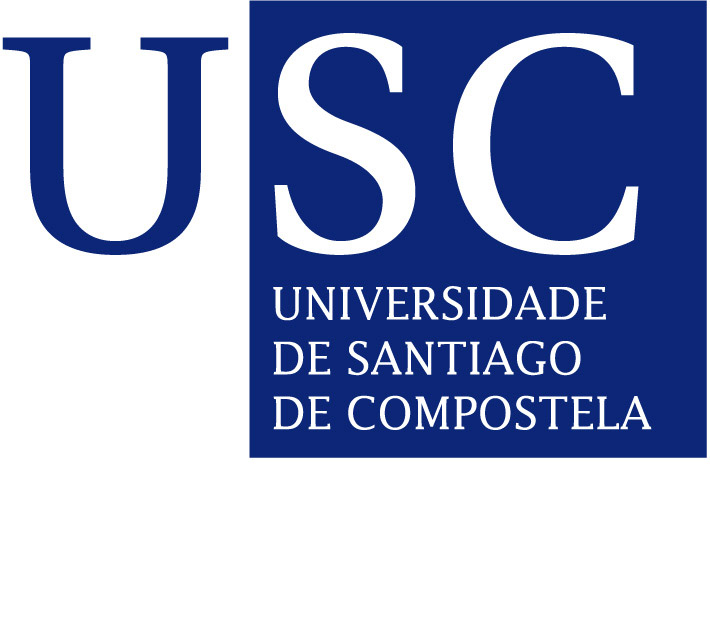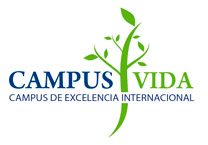

The closing ceremony held this week at CiQUS has marked the end of the second edition of the Master's Degree in Chemistry at the Interface with Biology and Materials Science (ChemBio&Mat). Two intensive sessions that began on Monday with the presentation and defense of the Master Thesis Dissertations and ended with a lecture by Professor Jesús Jiménez-Barbero.
Many of these projects presented an interdisciplinary approach as a result of internal collaborations between different groups within the centre, or in collaboration with other CiMUS groups. “The profile of our students, coming from different scientific fields, makes this exchange between disciplines possible, which is essential to addressing many current challenges,” added programme coordinator Juan R. Granja. In this context, students with a background in chemistry, physics or biology were faced with the challenge of exploring other disciplines to develop their work, thus forging interesting synergies.
The closing lecture was given by CIC bioGUNE director and ex-president of the Spanish Royal Society of Chemistry, Professor Jesús Jiménez Barbero. The students of the master's degree and the whole of the CiQUS community were joined by a special guest who gave a brilliant presentation on the latest breakthroughs in the use of magnetic resonance imaging to expose the role played by the interactions between saccharides and proteins in major biological processes – such as the incorporation of different saccharides into the COVID spike protein and the implications of this in the infection process of the virus.
Following the lecture given by Jiménez Barbero, the students received a diploma to commemorate their participation in the ChemBio&Mat Master’s Degree and had the opportunity to close the event by giving a summary of their experiences: “Far from following a classic or conventional perspective, I think one of the virtues of this master’s degree is that it succeeds very well in merging knowledge from different areas in a multidisciplinary programme,” stated Yeray Folgar after finishing his studies. Fellow master’s student Alfonso Cabezón also emphasised the cross-disciplinary knowledge acquired throughout the training: “In recent months we’ve had to tackle a range of problems, learn to solve them and transfer all this knowledge.” At the end of the second edition, there is no doubt that the ChemBio&Mat Master’s Degree is consolidating as a benchmark programme on the interface between chemistry, biology and nanomaterials.


